Home>Home Appliances>Laundry Appliances>How Do I Run A Diagnostic On My Samsung Washing Machine
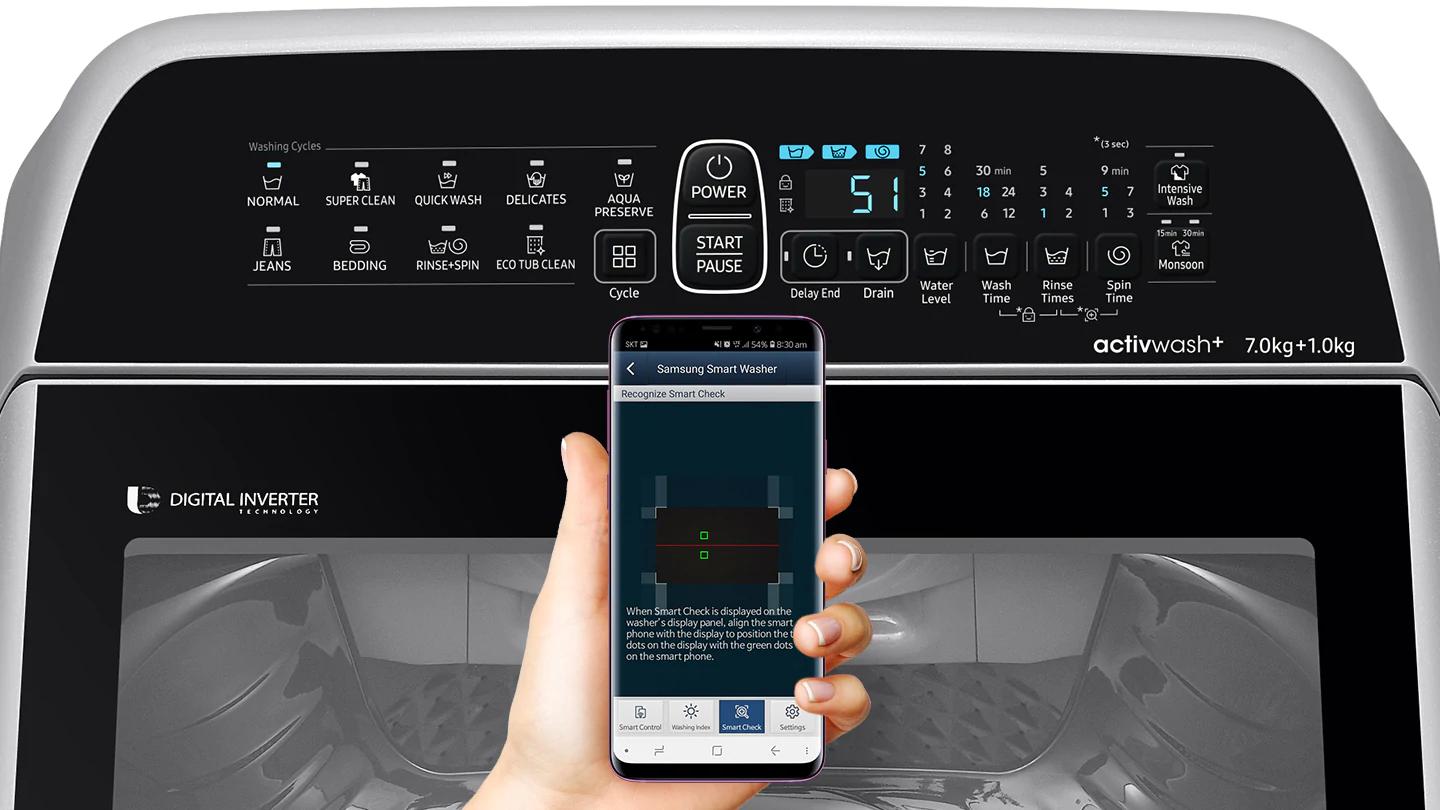

Laundry Appliances
How Do I Run A Diagnostic On My Samsung Washing Machine
Modified: March 2, 2024
Learn how to run a diagnostic on your Samsung washing machine and troubleshoot laundry appliance issues with our step-by-step guide. Keep your laundry appliances running smoothly!
(Many of the links in this article redirect to a specific reviewed product. Your purchase of these products through affiliate links helps to generate commission for Storables.com, at no extra cost. Learn more)
Introduction
When it comes to the convenience and efficiency of modern living, few appliances rival the importance of a washing machine. Samsung, a renowned name in the world of home appliances, offers a range of innovative washing machines designed to simplify the laundry process. However, like any complex piece of machinery, these appliances may encounter issues that require troubleshooting. Running a diagnostic on your Samsung washing machine can help identify potential problems and ensure optimal performance.
Whether you're experiencing issues with water intake, drainage, or motor function, understanding how to run a diagnostic on your Samsung washing machine is essential for maintaining its longevity and efficiency. By familiarizing yourself with the diagnostic process, you can proactively address any issues that may arise, potentially saving time and money on repairs.
In this comprehensive guide, we will walk you through the steps to run a diagnostic on your Samsung washing machine. From checking for error codes to testing critical components such as the water inlet valve, drain pump, door lock, and motor, you'll gain valuable insights into troubleshooting common issues. By following these steps, you can gain a better understanding of your washing machine's functionality and take proactive measures to keep it running smoothly.
Understanding the diagnostic process for your Samsung washing machine empowers you to take control of its maintenance and performance. Whether you're a seasoned DIY enthusiast or simply looking to troubleshoot minor issues before seeking professional assistance, this guide will equip you with the knowledge and confidence to tackle potential problems head-on.
So, let's delve into the world of Samsung washing machine diagnostics and equip ourselves with the tools to ensure our laundry appliances continue to serve us efficiently.
Key Takeaways:
- Running a diagnostic on your Samsung washing machine helps you identify and fix problems early, saving time and money on repairs. Understanding error codes and testing critical components like the water inlet valve and motor is key.
- Checking for error codes and testing components like the water inlet valve and motor can help you keep your Samsung washing machine running smoothly. By being proactive, you can address issues before they become bigger problems.
Read more: How Do I Clean My Samsung Washing Machine
Checking for Error Codes
One of the initial steps in diagnosing potential issues with your Samsung washing machine involves checking for error codes. These codes serve as valuable indicators, providing insight into the specific problems the appliance may be experiencing. When your washing machine encounters an issue, it is designed to display an error code on the control panel, alerting you to the nature of the problem.
To check for error codes, start by turning off the washing machine and then turning it back on. Once the machine is powered up, observe the display panel for any error codes that may be visible. These codes typically consist of alphanumeric characters and may appear as a combination of letters and numbers.
Each error code corresponds to a particular malfunction or issue within the washing machine. To decipher the meaning of the code, refer to the user manual or online resources provided by Samsung. These resources often contain a comprehensive list of error codes along with their corresponding explanations, enabling you to pinpoint the specific problem affecting your washing machine.
In addition to displaying error codes, some Samsung washing machines feature diagnostic modes that allow for a more in-depth analysis of the appliance's functionality. By accessing the diagnostic mode, you can retrieve detailed error codes and diagnostic information, providing a clearer understanding of the issues at hand.
In the event that your washing machine displays an error code, it is essential to take note of the code and refer to the appropriate resources for further guidance. Understanding the meaning of the error code is the first step towards addressing the underlying issue and taking the necessary steps to resolve it.
By checking for error codes and leveraging the diagnostic capabilities of your Samsung washing machine, you can effectively identify potential malfunctions and streamline the troubleshooting process. Armed with this knowledge, you can proceed to the next steps of diagnosing and addressing any issues that may be affecting your appliance's performance.
In the following sections, we will delve deeper into the diagnostic process, exploring key components and tests that can help you gain a comprehensive understanding of your Samsung washing machine's functionality.
Testing the Water Inlet Valve
The water inlet valve plays a crucial role in the operation of your Samsung washing machine, as it is responsible for controlling the flow of water into the appliance during the various stages of the wash cycle. If the water inlet valve malfunctions, it can lead to issues such as insufficient water intake, water leakage, or the inability to fill the washing machine properly. Testing the water inlet valve is an essential step in diagnosing potential problems and ensuring the optimal performance of your washing machine.
To begin the testing process, it is important to disconnect the washing machine from the power source and turn off the water supply to the appliance. This precautionary measure helps ensure safety during the diagnostic procedure. Once the necessary precautions have been taken, you can proceed with testing the water inlet valve using the following steps:
-
Accessing the Water Inlet Valve: Depending on the model of your Samsung washing machine, the water inlet valve may be located at the back of the appliance. Carefully move the machine away from the wall to access the rear panel, which houses the water inlet valve.
-
Inspecting for Obstructions: Before conducting any electrical tests, visually inspect the water inlet valve and its associated hoses for any signs of blockages or damage. Clear any obstructions that may impede the flow of water or compromise the valve's functionality.
-
Testing for Continuity: Using a multimeter set to the continuity or resistance setting, test the water inlet valve for electrical continuity. This involves checking for a continuous electrical path through the valve when it is activated. If the multimeter indicates a lack of continuity, it may signify a faulty water inlet valve that requires replacement.
-
Checking Valve Operation: With the water inlet valve disconnected from the power source, perform a manual check of the valve's operation. Apply gentle pressure to the valve to observe if it opens and closes properly. Any resistance or irregularity in the valve's movement may indicate a malfunction that warrants further attention.
By following these steps, you can gain valuable insights into the condition of the water inlet valve and identify any potential issues affecting its functionality. If the testing process reveals abnormalities or malfunctions, it is advisable to consult the user manual or seek professional assistance to address the problem effectively.
Testing the water inlet valve is a proactive measure that empowers you to maintain the efficiency of your Samsung washing machine and address potential issues before they escalate. By understanding the diagnostic process for critical components such as the water inlet valve, you can take proactive steps to ensure the smooth operation of your appliance and prolong its lifespan.
Inspecting the Drain Pump
The drain pump is a vital component of your Samsung washing machine, responsible for removing water from the appliance during the drainage phase of the wash cycle. A malfunctioning drain pump can lead to issues such as water not draining properly, excessive noise during operation, or the presence of water at the bottom of the washing machine. Inspecting the drain pump is a crucial step in diagnosing potential drainage-related problems and ensuring the efficient performance of your appliance.
To initiate the inspection of the drain pump, it is essential to disconnect the washing machine from the power source and turn off the water supply. This precautionary measure ensures safety during the diagnostic process. Once the necessary precautions have been taken, you can proceed with inspecting the drain pump using the following steps:
-
Locating the Drain Pump: Depending on the model of your Samsung washing machine, the drain pump is typically located at the bottom of the appliance. Access the rear or front panel of the washing machine to locate the drain pump assembly. In some models, the drain pump may be accessible after removing the lower front panel or rear access panel.
-
Visual Inspection: Before conducting any tests, visually inspect the drain pump and its associated hoses for any signs of blockages, debris, or damage. Clear any obstructions that may impede the flow of water through the pump or compromise its functionality. Additionally, check for any visible signs of wear or damage to the pump housing or impeller.
-
Testing for Blockages: After visually inspecting the drain pump, remove the pump cover or access panel to inspect the interior for potential blockages. Foreign objects such as lint, coins, or small articles of clothing can obstruct the pump impeller, leading to drainage issues. Carefully remove any debris or foreign objects that may be hindering the pump's operation.
-
Checking Pump Operation: With the pump cover removed, manually rotate the pump impeller to ensure it moves freely without any resistance. Any grinding noises, stiffness, or irregularities in the impeller's movement may indicate a malfunctioning pump that requires attention. Additionally, inspect the pump motor for signs of overheating or damage.
By meticulously inspecting the drain pump and performing the necessary checks, you can gain valuable insights into its condition and identify any potential issues affecting its functionality. If the inspection reveals abnormalities or malfunctions, it is advisable to consult the user manual or seek professional assistance to address the problem effectively.
Inspecting the drain pump is a proactive measure that empowers you to maintain the efficiency of your Samsung washing machine and address potential drainage-related issues before they escalate. By understanding the diagnostic process for critical components such as the drain pump, you can take proactive steps to ensure the smooth operation of your appliance and prolong its lifespan.
To run a diagnostic on your Samsung washing machine, press and hold the “Delay End” and “Pre Wash” buttons simultaneously for 3 seconds. Then, use the dial to select the desired diagnostic test.
Examining the Door Lock
The door lock of a Samsung washing machine is a pivotal safety and operational component that ensures the appliance functions seamlessly during the wash cycle. A malfunctioning door lock can lead to issues such as the inability to start the wash cycle, persistent error codes related to door lock failure, or the door not locking properly during operation. Examining the door lock is an essential step in diagnosing potential issues and ensuring the safety and efficiency of your washing machine.
To commence the examination of the door lock, it is imperative to disconnect the washing machine from the power source and turn off the water supply. This precautionary measure ensures safety during the diagnostic process. Once the necessary precautions have been taken, you can proceed with examining the door lock using the following steps:
-
Locating the Door Lock Mechanism: Depending on the model of your Samsung washing machine, the door lock mechanism is typically situated near the opening of the appliance. It is often accessible after opening the door or removing the front panel. Carefully locate the door lock assembly and familiarize yourself with its components.
-
Visual Inspection: Before conducting any tests, visually inspect the door lock and its surrounding area for any signs of damage, wear, or foreign objects that may obstruct its operation. Check for loose or damaged wiring connected to the door lock mechanism and ensure that the locking mechanism engages properly when the door is closed.
-
Testing the Locking Function: With the washing machine powered off, close the door and attempt to start a wash cycle. Observe the behavior of the door lock mechanism as the cycle initiates. A functional door lock should engage securely, preventing the door from being opened once the cycle begins. If the door lock fails to engage or shows signs of erratic behavior, further examination is warranted.
-
Checking for Electrical Continuity: Using a multimeter set to the continuity or resistance setting, test the electrical continuity of the door lock. This involves checking for a continuous electrical path through the lock when it is activated. Any indication of a lack of continuity may signify a faulty door lock that requires attention.
By meticulously examining the door lock and performing the necessary checks, you can gain valuable insights into its condition and identify any potential issues affecting its functionality. If the examination reveals abnormalities or malfunctions, it is advisable to consult the user manual or seek professional assistance to address the problem effectively.
Examining the door lock is a proactive measure that empowers you to maintain the safety and efficiency of your Samsung washing machine. By understanding the diagnostic process for critical components such as the door lock, you can take proactive steps to ensure the smooth operation of your appliance and prolong its lifespan.
Read more: How Do I Reset My Samsung Washing Machine
Testing the Motor
The motor of a Samsung washing machine is a fundamental component that drives the motion of the drum during the wash and spin cycles. A malfunctioning motor can lead to issues such as the drum not spinning, unusual noises during operation, or the washing machine failing to complete its cycles. Testing the motor is a critical step in diagnosing potential motor-related problems and ensuring the efficient performance of your appliance.
To initiate the testing of the motor, it is essential to disconnect the washing machine from the power source and turn off the water supply. This precautionary measure ensures safety during the diagnostic process. Once the necessary precautions have been taken, you can proceed with testing the motor using the following steps:
-
Accessing the Motor: Depending on the model of your Samsung washing machine, the motor is typically located at the bottom of the appliance, often accessible after removing the rear or front panel. Carefully locate the motor assembly and familiarize yourself with its components.
-
Visual Inspection: Before conducting any tests, visually inspect the motor and its connections for any signs of damage, wear, or loose wiring. Ensure that the motor is securely mounted and that the drive belt, if applicable, is properly aligned and tensioned.
-
Testing for Electrical Continuity: Using a multimeter set to the continuity or resistance setting, test the electrical continuity of the motor windings. This involves checking for a continuous electrical path through the windings, ensuring that the motor coils are intact and functional. Any indication of a lack of continuity may signify a faulty motor that requires attention.
-
Checking Motor Operation: With the washing machine powered off, manually rotate the drum to ensure it moves freely without any resistance. Then, initiate a spin cycle and observe the motor's operation. A functional motor should start smoothly and drive the drum's motion without excessive noise or vibration. Any irregularities in the motor's operation may indicate a malfunction that warrants further examination.
By meticulously testing the motor and performing the necessary checks, you can gain valuable insights into its condition and identify any potential issues affecting its functionality. If the testing process reveals abnormalities or malfunctions, it is advisable to consult the user manual or seek professional assistance to address the problem effectively.
Testing the motor is a proactive measure that empowers you to maintain the efficiency of your Samsung washing machine and address potential motor-related issues before they escalate. By understanding the diagnostic process for critical components such as the motor, you can take proactive steps to ensure the smooth operation of your appliance and prolong its lifespan.
Conclusion
In conclusion, understanding how to run a diagnostic on your Samsung washing machine is a valuable skill that empowers you to proactively address potential issues and ensure the efficient performance of your appliance. By following the comprehensive diagnostic process outlined in this guide, you can gain valuable insights into critical components such as the water inlet valve, drain pump, door lock, and motor, allowing you to identify and troubleshoot common problems effectively.
Running a diagnostic on your Samsung washing machine begins with checking for error codes, which serve as valuable indicators of specific malfunctions or issues within the appliance. By deciphering these error codes and leveraging the diagnostic capabilities of your washing machine, you can gain a clearer understanding of the problems at hand and take the necessary steps to address them.
Testing the water inlet valve is essential for ensuring proper water intake and preventing issues related to insufficient filling or water leakage. By conducting electrical tests and inspecting the valve's operation, you can identify potential malfunctions and take proactive measures to maintain its functionality.
Inspecting the drain pump is crucial for addressing drainage-related issues such as water not draining properly or excessive noise during operation. By visually inspecting the pump, checking for blockages, and ensuring its smooth operation, you can mitigate potential drainage problems and maintain the efficiency of your washing machine.
Examining the door lock is pivotal for ensuring the safety and operational integrity of your washing machine. By visually inspecting the door lock, testing its locking function, and checking for electrical continuity, you can address issues related to the door not locking properly or persistent error codes associated with door lock failure.
Testing the motor is fundamental for addressing issues related to the drum not spinning or unusual noises during operation. By conducting electrical tests, visually inspecting the motor, and checking its operation during a spin cycle, you can identify potential motor-related problems and take proactive measures to ensure its optimal performance.
By familiarizing yourself with the diagnostic process for your Samsung washing machine and taking proactive steps to address potential issues, you can prolong the lifespan of your appliance and ensure that it continues to serve you efficiently. Whether you're a seasoned DIY enthusiast or a homeowner looking to troubleshoot minor issues, the knowledge gained from running a diagnostic on your washing machine empowers you to take control of its maintenance and performance.
Frequently Asked Questions about How Do I Run A Diagnostic On My Samsung Washing Machine
Was this page helpful?
At Storables.com, we guarantee accurate and reliable information. Our content, validated by Expert Board Contributors, is crafted following stringent Editorial Policies. We're committed to providing you with well-researched, expert-backed insights for all your informational needs.

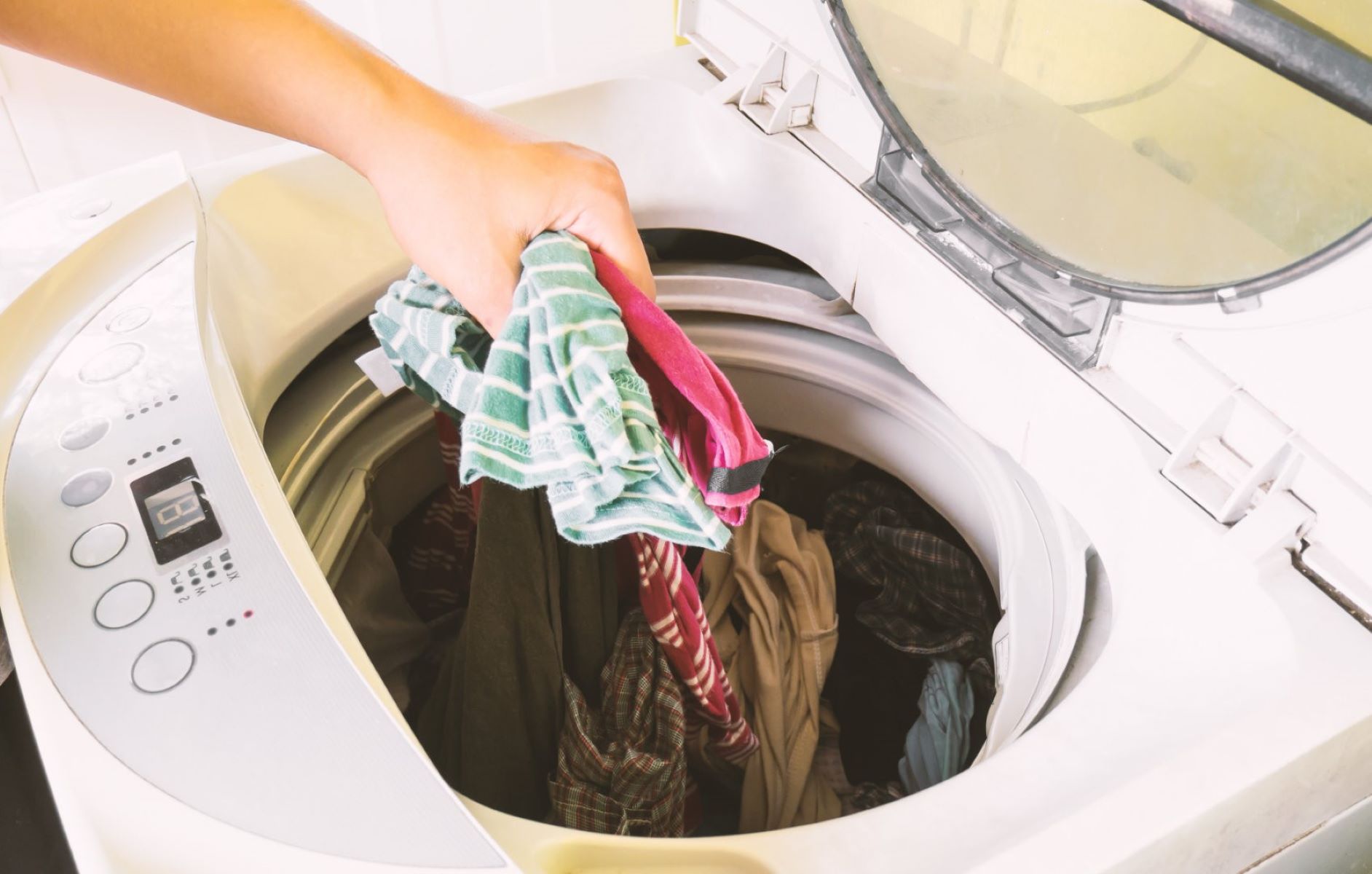
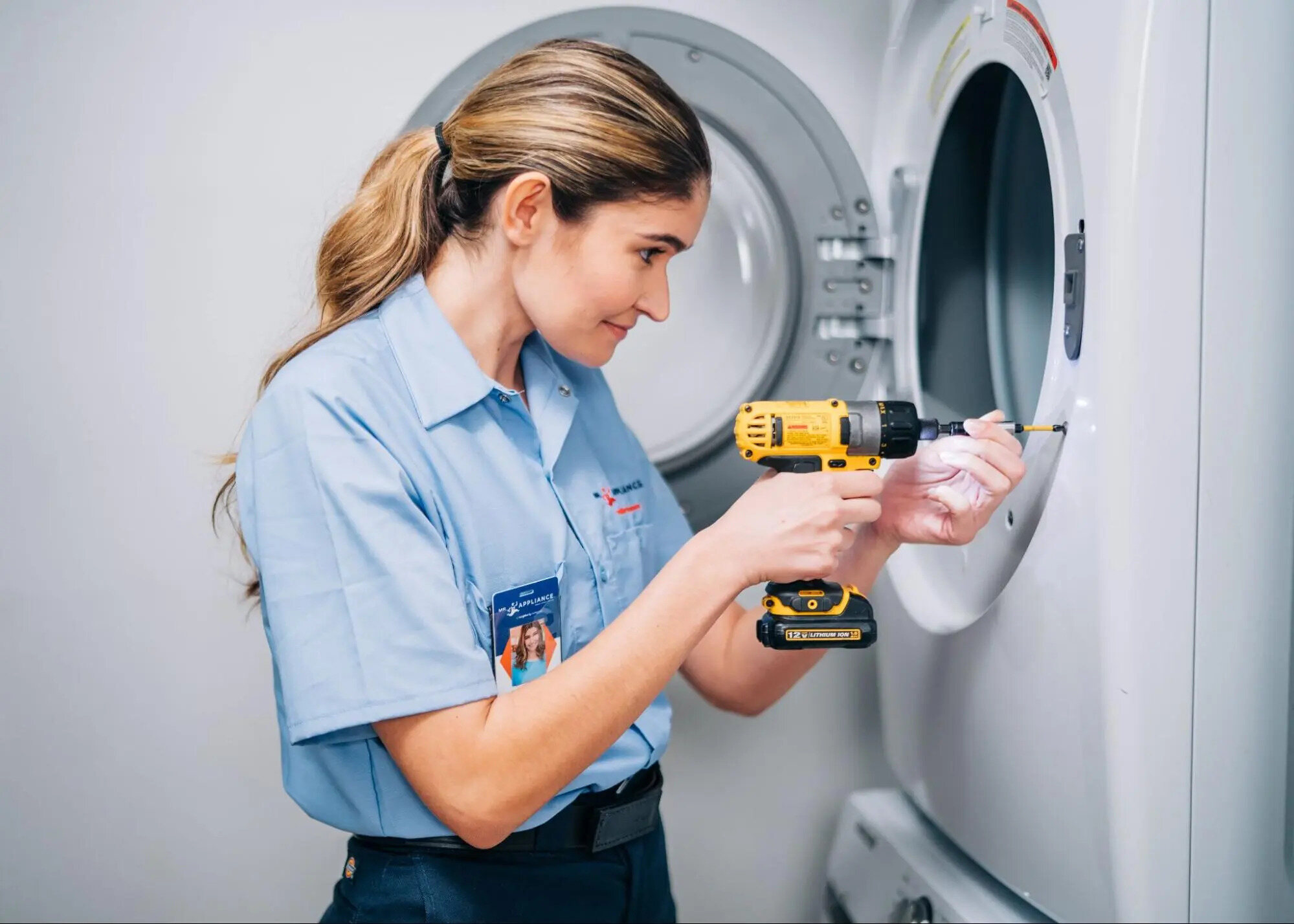
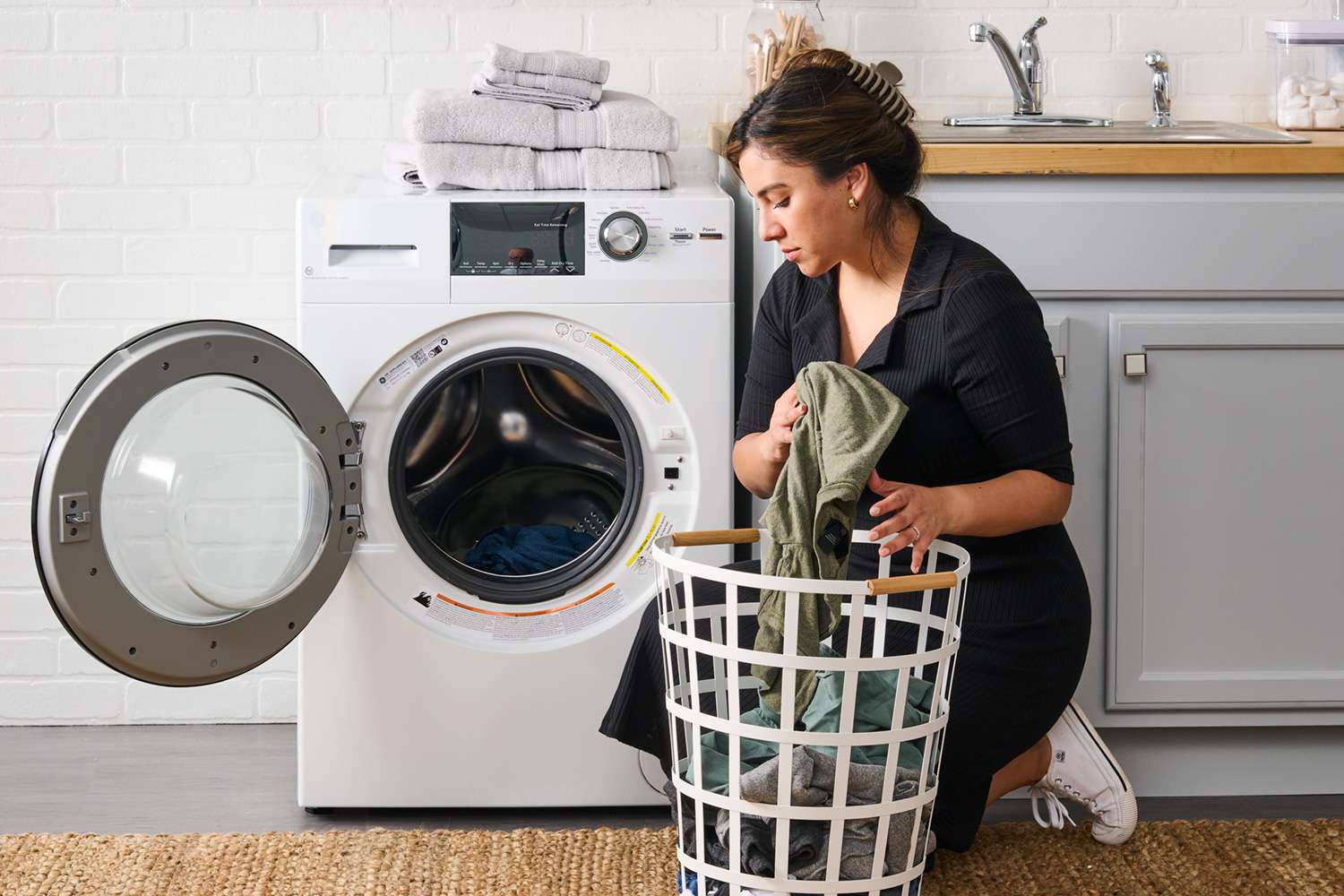
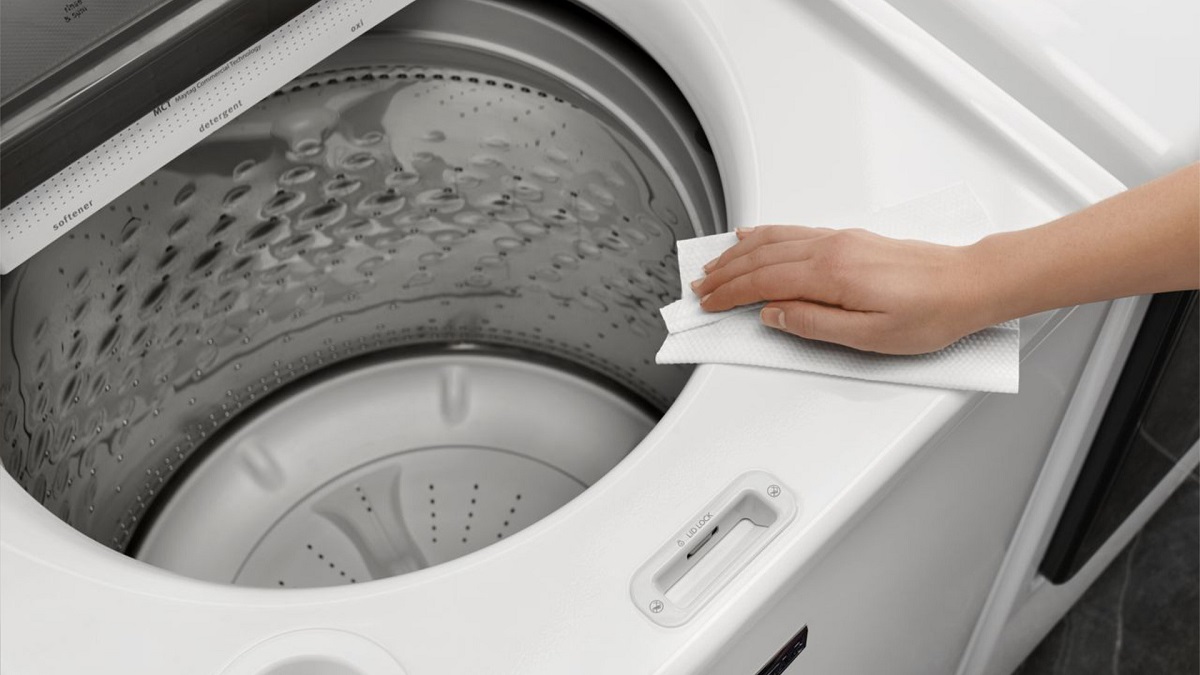

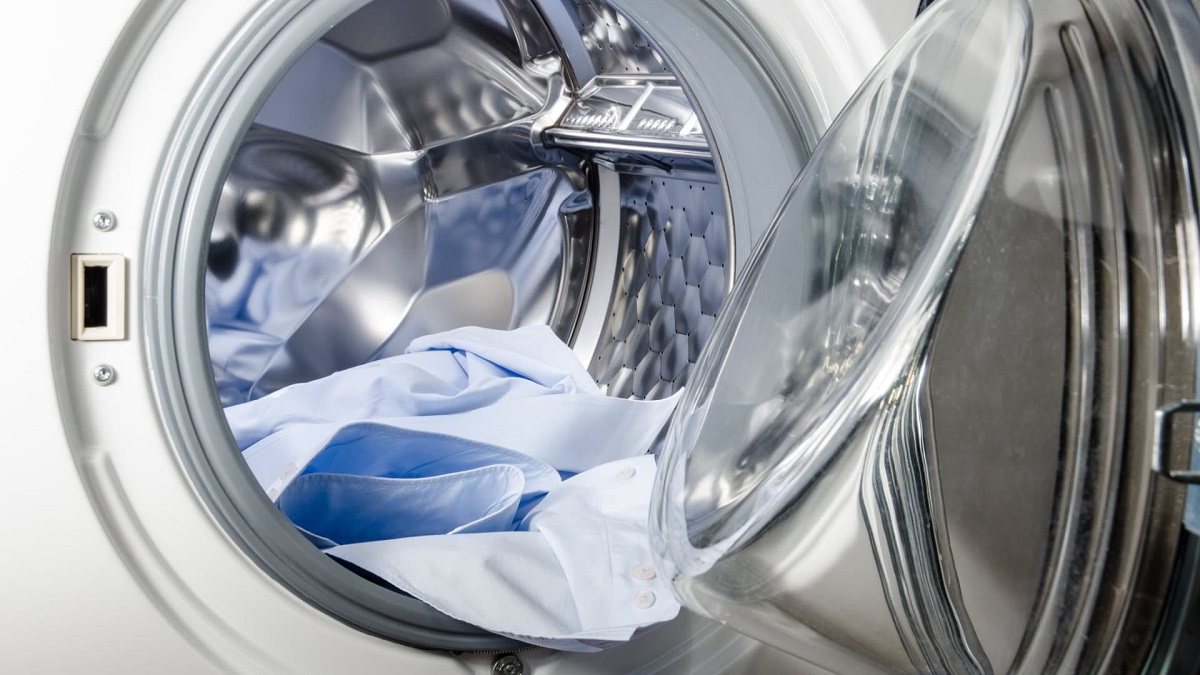
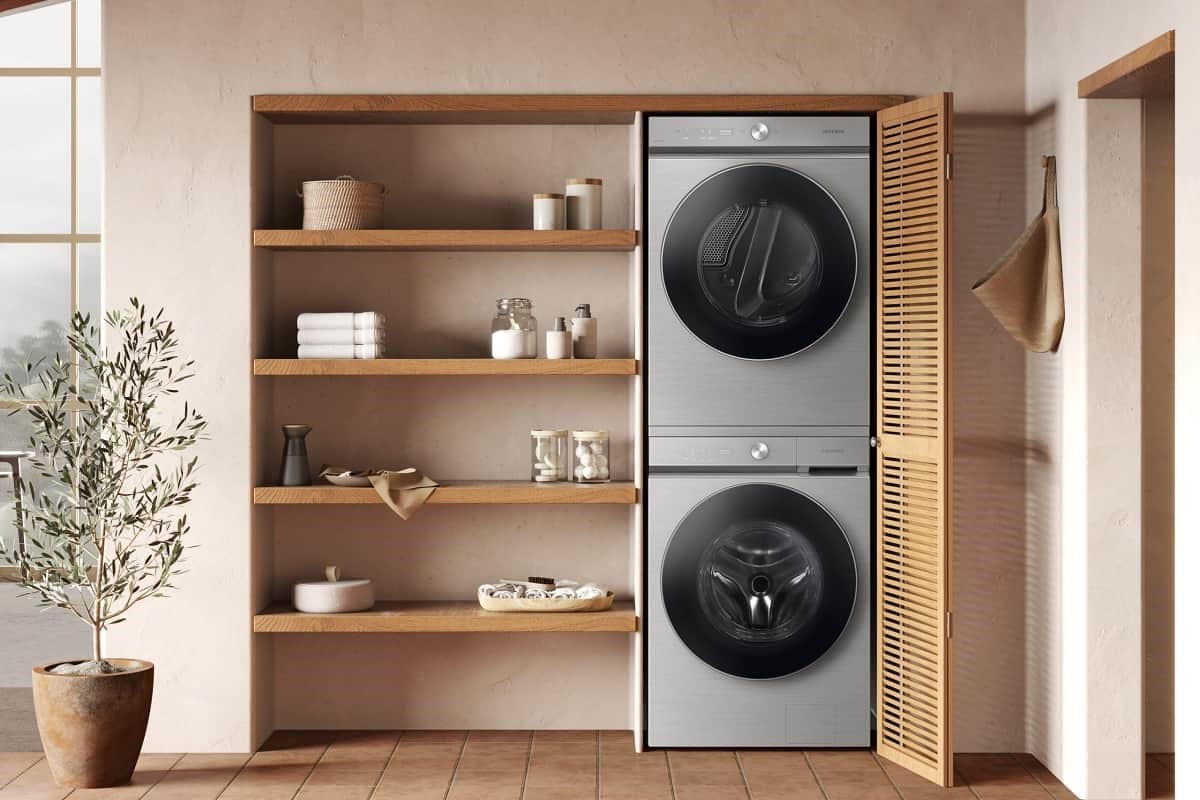

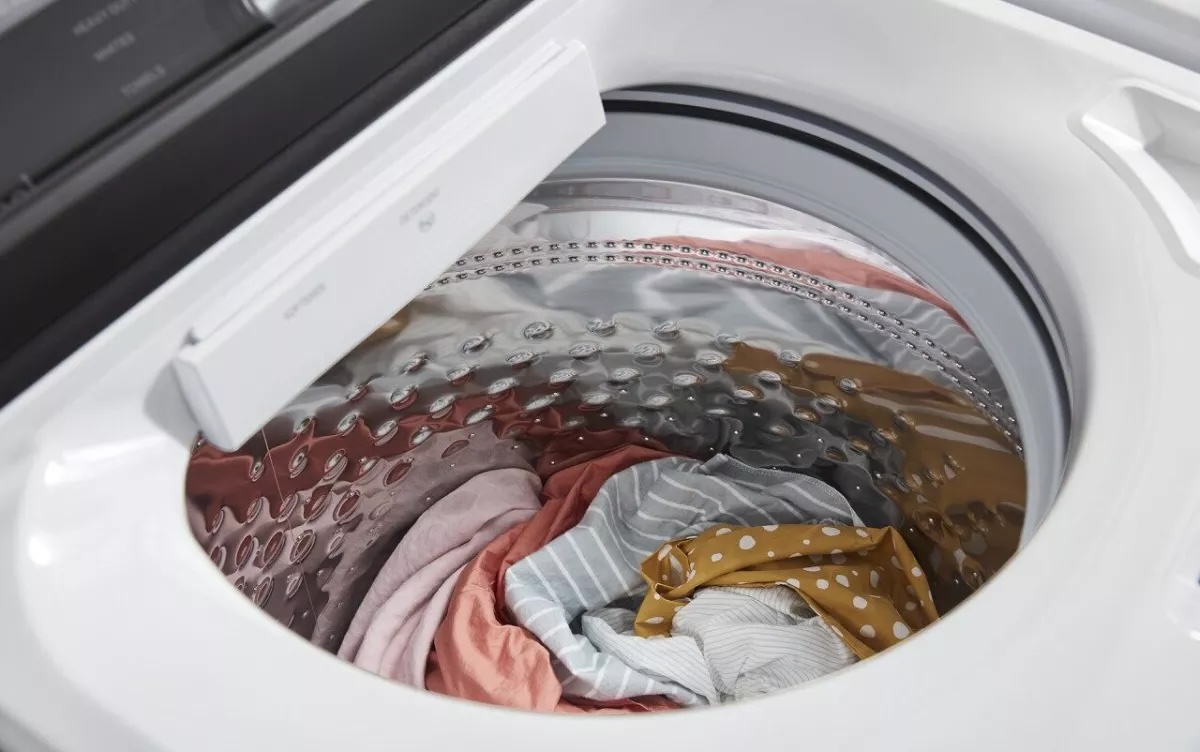
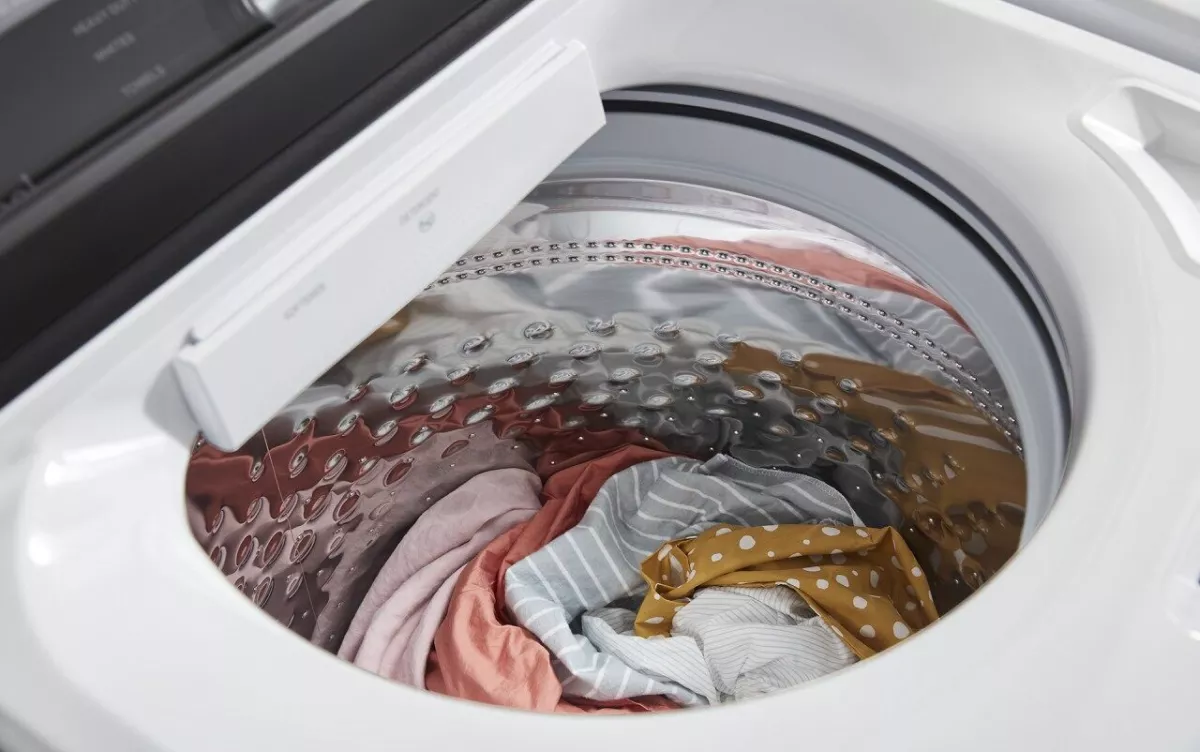
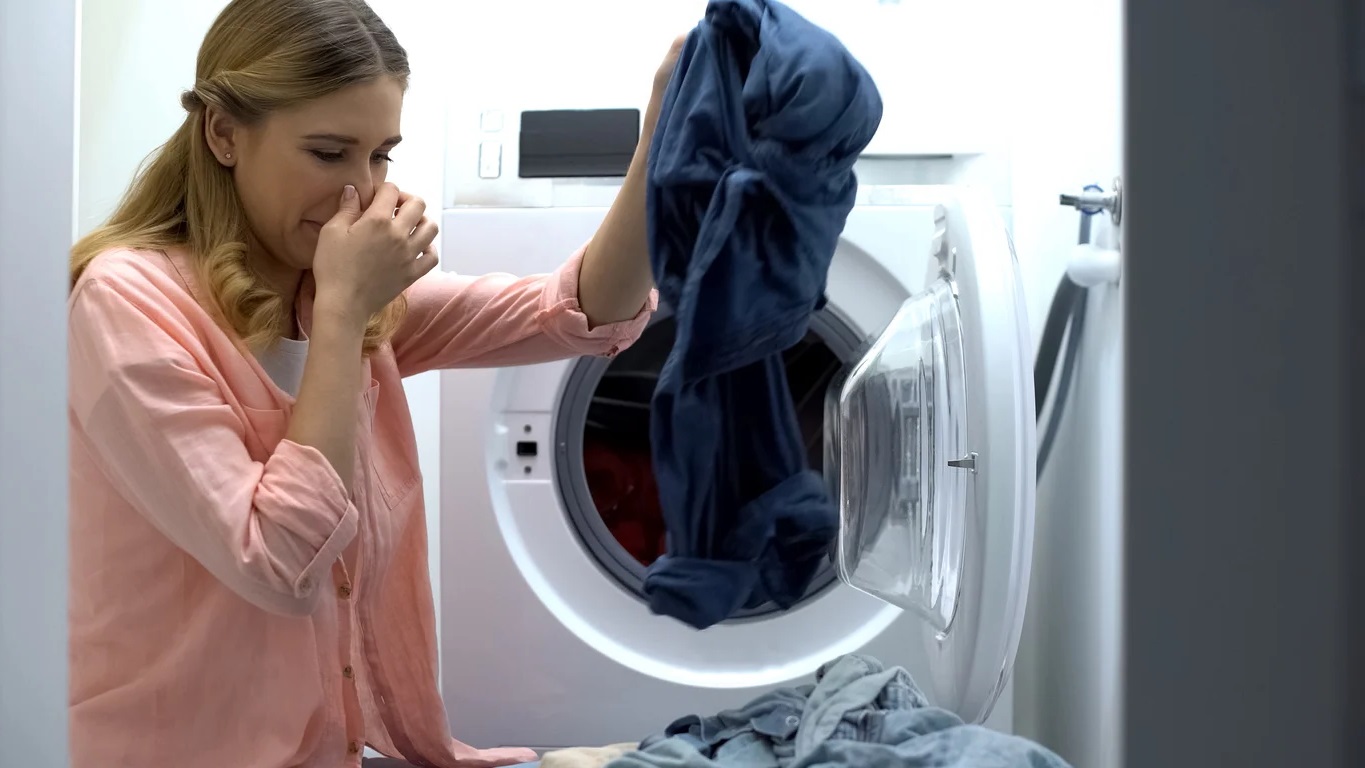
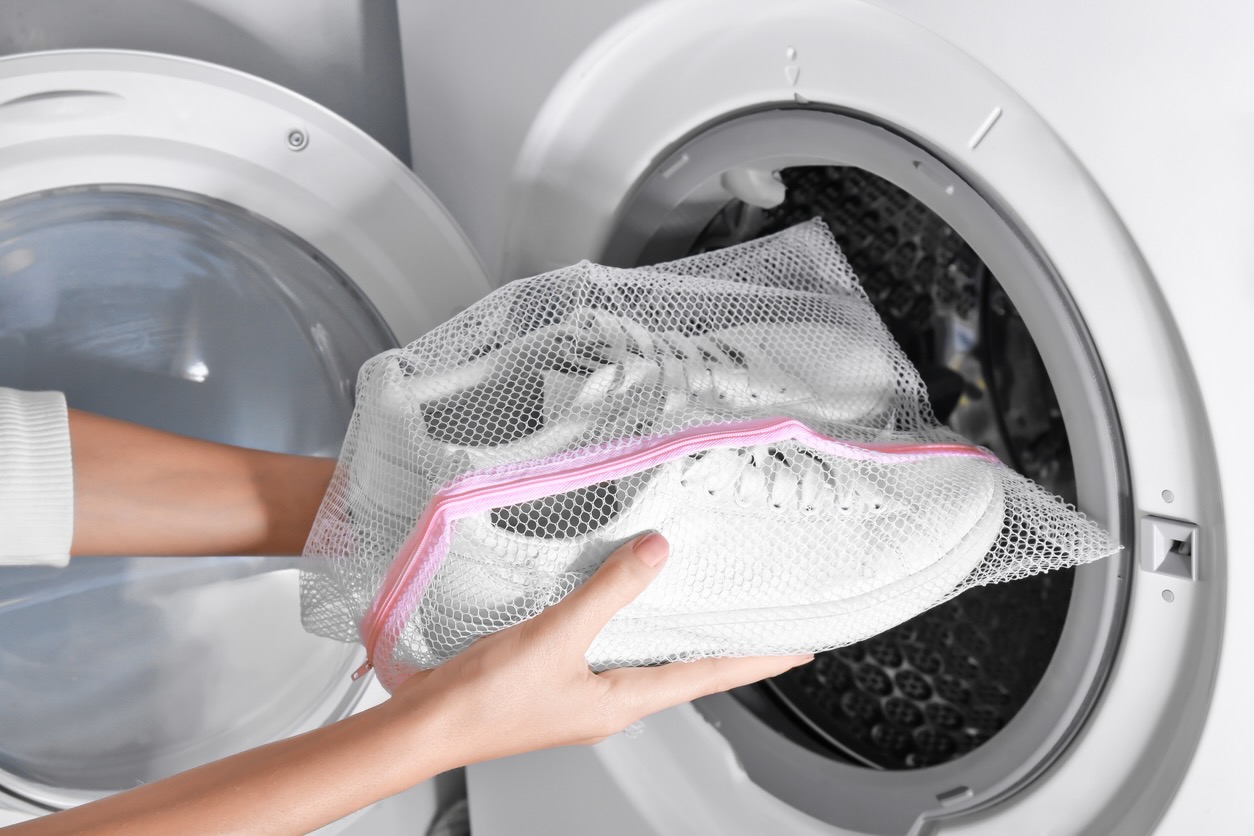
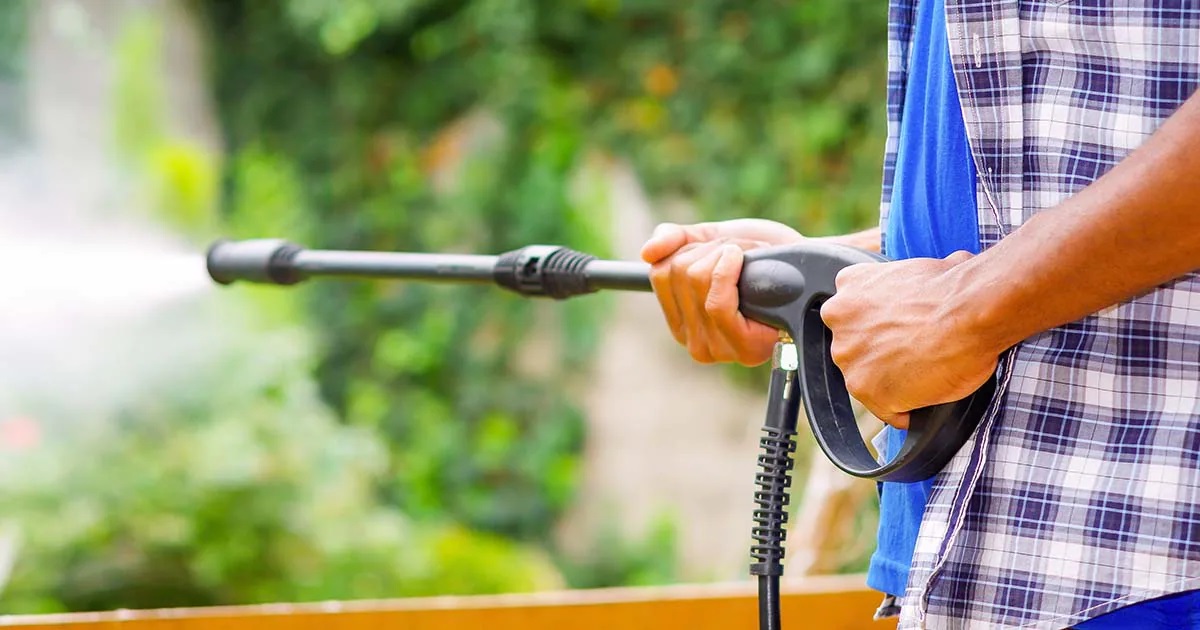

0 thoughts on “How Do I Run A Diagnostic On My Samsung Washing Machine”